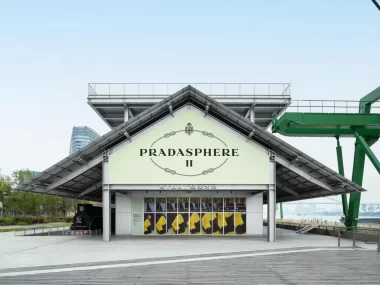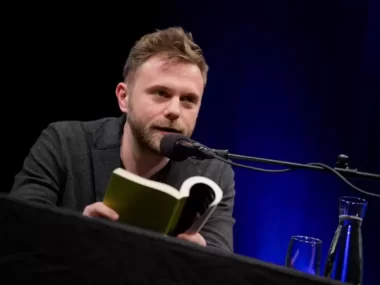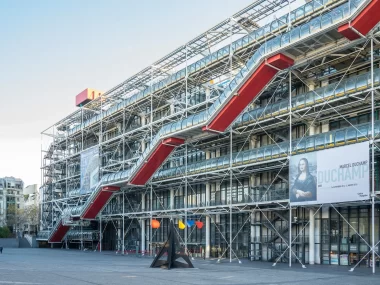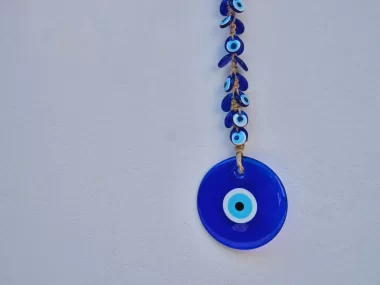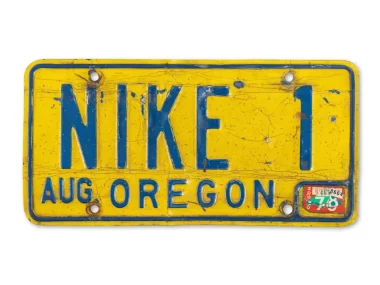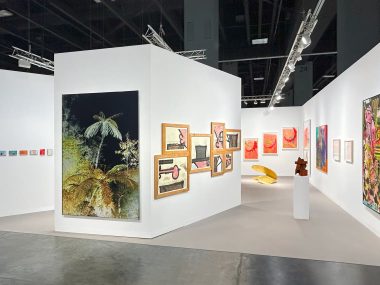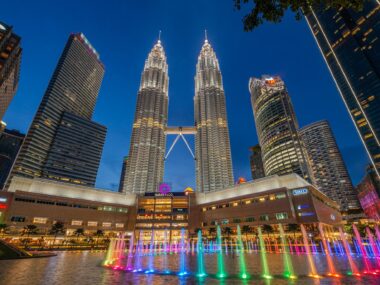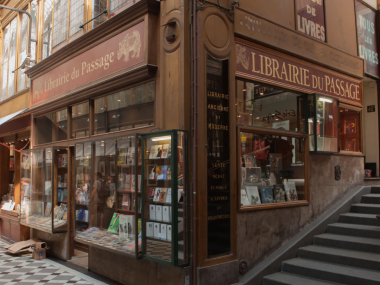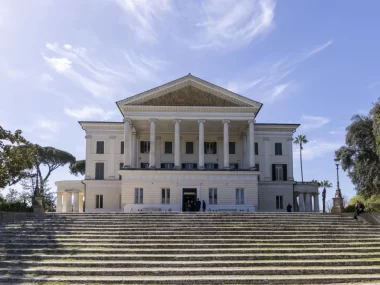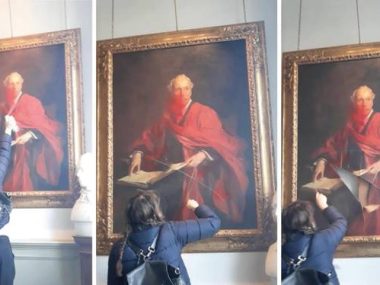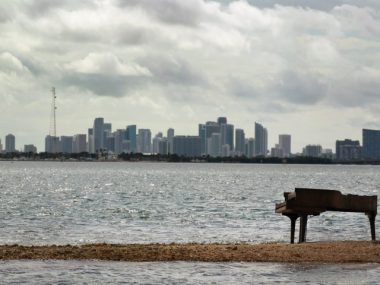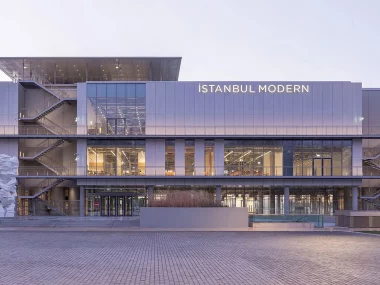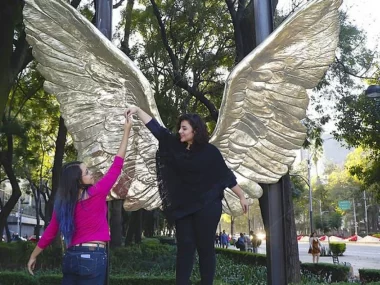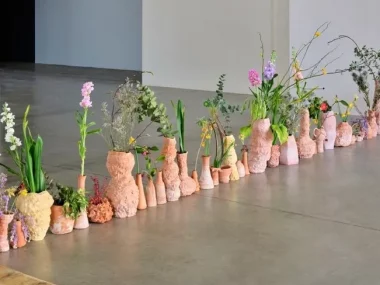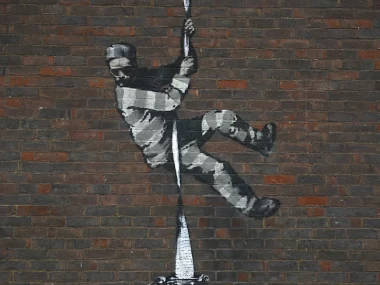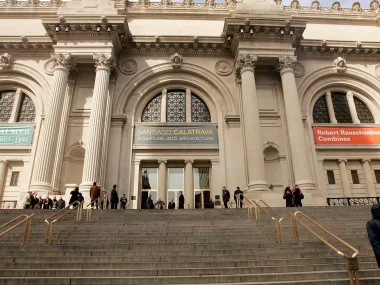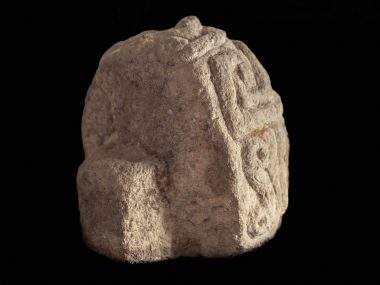|
Neubauer Coporation
Getting your Trinity Audio player ready...
|
As for the other two sections, they are the old Andalusian city and the Spanish city, which was built by Spanish colonialism at that time. What is striking about Tetouan is its plastic visual space, as it indicates cooperation or service between its components, from arches, gates, modern streets, and Spanish architecture, meaning the absence of architectural discordance that causes visual distortion.
Tetouan was built on the foot of a mountain, which facilitated its construction of stones and rocks in the past, meaning that the foothill and the mountain formed its visual horizon and the material of its construction.
The path of Spain’s most famous writer Cervantes in Tetouan
There is a ceramic mural, referring to “Cervantes’ Path in Tetouan,” a symbol of the historical and human cohesion between Spain and Morocco, especially Tetouan.
Al-Sharq spoke with the Spanish-language writer and poet Al-Fatehi Abdel-Rahman, head of the Department of Spanish Studies at Abdel Malik Al-Saadi University, about this path. He explained that it is an imaginative and historical cultural, literary, and historical path that passes through places in the ancient city, in which signs have been placed indicating that this place is Or that, may have inspired Cervantes in his various literary works, such as “Don Quixote,” “The Great Sultana,” and other novels.
He added: “I proposed the idea of the project, and then we launched it in 2015 in cooperation with the Spanish Consulate and the Tetouan Community, on the 400th anniversary of the publication of the second part of the novel “Don Quixote de Mencha” by the Spanish writer Cervantes.

“Don Quixote by Mincha” in two parts (1605-1615)
The novel Don Quixote was presented in the plastic arts, theater, cinema, and music in various forms, and became an example of wrestling with windmills, a metaphor for absurdity, similar to the myth of Sisyphus.
The knight Don Quixote wants to achieve justice and equality, so he goes through adventures that are not devoid of humor and tragedy, and he also implicates his servant with the results of his travels and arrivals.
Don Quixote, through his fantasies, ends up seeing windmills as evil demons, and he must fight them. However, here the windmills knock him down, and he suffers fractures and bruises. At that time, he regains his true personality, leaving the knight persona he assumed.
There are many opinions that attribute the character of the knight in the novel to his Arab-Moroccan origin specifically, and thus, we see Andalusia present in the most famous novel in Spanish literature.
The writer Abdul Rahman Badawi considered it one of the most famous epics of world literature, similar to Dante’s Divine Comedy, Homer’s Iliad, and Goethe’s Faust.
Moroccan writer Abdel Fattah Kilito said about it: “It is a Spanish book par excellence. The novel seeks to leave a time period with its morals and standard principles, and welcome a new one with all its details, entering the Age of Enlightenment, and proposing a new style of narrative narrative.” Thus, critics considered it the first modern European novel.
Tetouan in the literature of Cervantes
The city of Tetouan seems indispensable to the famous Spanish novelist, who immortalized it in his writings. Abd al-Rahman al-Fatihi says, “Fourteen times Cervantes mentioned the name of the ancient city of Tetouan and its famous burial grounds, that is, the basements and underground prisons, and described them accurately. He also described its coasts from Ceuta to Martil.”
He added: “Cervantes’ path began on a journey inspired by the sixteenth century from Bab al-Aqla, passing through the ancient city through the seven historical gates. The literary imagination of this great Spanish writer passed through the ancient city and the Tetouan coast, emphasizing its importance in the sixteenth century.”
(There are those who suggest that Cervantes was imprisoned there, or heard testimonies about the catacombs, from one of the prisoners, but there is no document indicating this.) It is worth noting that the poet Lorca visited Tetouan on a diplomatic mission, as mentioned by European travelers and Spanish poets.

The visual space of the ancient city of Tetouan
The city includes seven gates, starting with Bab al-Uqla and ending with Bab al-Maqbar, which is located outside the walls of the Old City. The Tetouan proverb says, “We do not leave Tetouan except through the door of the cemeteries,” a metaphor for a strong attachment to it, and close to the aforementioned door, there is a “tanning house,” where hides are tanned and then dyed, and it is in a smaller area than the very famous Fez tannery.
The arches in one alley give an architectural visual appearance to the city, as they preserve the supports of the houses built above them, and their low, curved roofs also impede the movement of soldiers and vehicles in the event of an invasion of the city.
Mosques and Islamic architecture abound with arches, and in interpreting the Arabs’ preservation of the historicity of arches and their geometry, there is an opinion that says, “The first arch in history still exists, and it is in the Sumerian city of Ur.”
Sociology of art: coordination of professions and crafts
The old city is spread across many courtyards called “Al-Tarabi’a”, each one bringing together a group of professions and crafts, such as saddlers and gardeners. There are also “siqayas” (about 200) designated for drinking water and performing ablution, but the water coming from the mountains is wasted in vain and is not used later. It is decorated with Tetouan zellij mosaics, which differ in their types and architecture from those of Fez and Marrakesh.

Most of the people of Tetouan are Moriscos who were forcibly displaced after the fall of Andalusia. They speak the Spanish language and have a Spanish culture in many areas.
Old City: The second largest inhabited ancient city in Morocco after Fez
My friend, the poet, journalist, and head of the “House of Poetry” in Tetouan, Mukhles Al-Saghir, suggested to us that we visit the city from Bab Al-Uqla, a metaphor for the place, where animals were tied in the past, and there are those who connect them to “the wise.”
He said, laughing, “My title goes back to Emir Abu Abdel Saghir, the last king of Granada.” He explains that many families in Tetouan have Andalusian surnames, including Al-Gharnati, Al-Mandhari, Al-Qurtubi, Hazmoun, Benmimon, Al-Maymouni, and Al-Qastalli, in addition to Andalusian families with Spanish names such as Luqash/Lucas, Al-Taris/Torres, Qashtilo, Genino, and others.

Abu Abdullah al-Saghir is the last king of Granada, and he was the one who handed over the city to Ferdinand and Isabella on January 2, 1492, without a fight, and according to a treaty that protected the country and the people.
According to the popular story, the place from which he took his last look at Granada is called “the Arab’s last sigh,” as his mother said to him, “Weep like women for a lost property that you did not preserve like men.” Fine art immortalized the incident of the handover of Granada with many paintings. From here we know how important Andalusia was to Spain.
The Spanish City of Tetouan: decorations, facades and gold paint
It is a modern city with modern balconies and Spanish inscriptions and decorations, and its facades resemble churches. Gilding is sometimes used in some of its traditional buildings, which is a feature of Spanish architecture, in a clear difference from the old city in general, with its mashrabiyas, wooden and plaster engravings, and Quranic verses.


